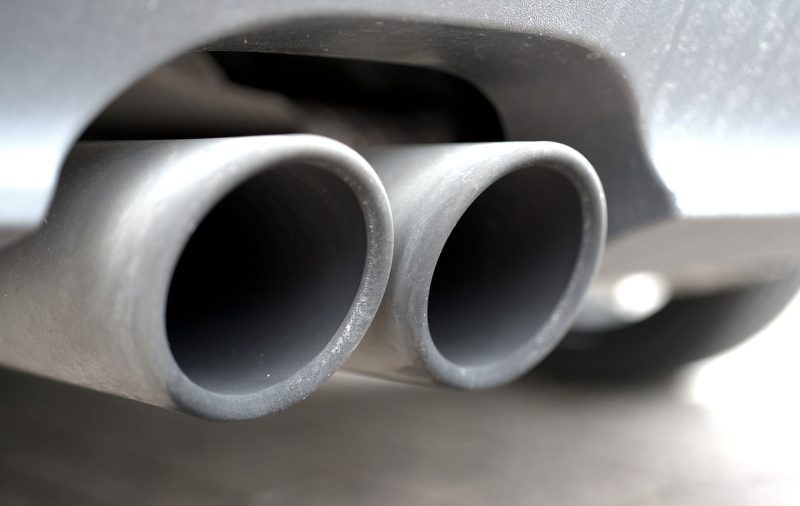There is too much carbon monoxide in your car’s exhaust fumes. Eliminate the cause before it is too late.
The UK ranks 23rd in the average annual concentration of air pollutants in the rankings from IQAir 2023.
Sources of air pollution
One of the main sources of pollutant emissions is cars. In London, emissions from cars account for about 40% of total greenhouse gas emissions.
This has a big impact on the health of residents as air pollutants can cause respiratory and cardiovascular diseases and other health problems.
But besides cars, there are other sources of air pollution. These are thermal power plants, industrial plants, air transport, construction, domestic heating.
Soot content in exhaust gases
Nitrogen dioxide, sulphur dioxide, carbon monoxide, greenhouse gases, soot – all these pollute the air and harm the environment. Let’s take a closer look at the causes of excessive soot in car exhaust gases.
Diesel engines are known to be more efficient than petrol engines, but they produce more soot.
To combat this, many diesel cars are fitted with a diesel particulate filter. This traps the soot in the exhaust gases and then burns it at higher temperatures. If the dashboard lights up diesel particulate filter failure indicator, it means that the filter is clogged with soot and needs to be cleaned.
The life of a diesel particulate filter depends on a number of factors such as driving style, type of fuel used and operating conditions. On average, replacement may be required after 120,000-250,000 kilometres of driving.
Causes of excessive soot in the exhaust can be:
- Short journeys during which the engine does not heat up enough to burn all the soot in the filter.
- Using fuel that does not meet your vehicle’s specifications or low-quality fuel.
- Engine malfunctions, such as problems with the fuel injection system.
Eliminating these causes will significantly reduce the amount of soot in your vehicle’s exhaust.
Measures to reduce carbon monoxide emissions
UK greenhouse gas emissions have fallen by a cumulative 52% since 1990.
And while emissions from power stations and industry have fallen significantly, emissions from transport have changed little over the years. Cars are still a major air polluter.
Car exhaust is a major source of carbon monoxide in the air.
Incomplete combustion caused by a dirty air filter, faulty spark plugs, or other engine problems produces more carbon monoxide.
Low-quality fuel can also lead to incomplete combustion and more carbon monoxide. And leaks in the exhaust system will cause carbon monoxide to enter the atmosphere, bypassing the catalytic converter.
Elevated carbon monoxide levels in the exhaust is a serious problem that cannot be ignored.
If you suspect that your car’s exhaust has too much carbon monoxide in it, it’s important to take action immediately:
- Run vehicle diagnostics to identify and fix the cause of the problem.
- Replace faulty components.
- Repair any leaks in the exhaust system.
If you don’t address the cause in a timely manner, it can lead to costly engine repairs and, in the worst case, carbon monoxide poisoning.
Fill your vehicle with high quality fuel that meets the manufacturer’s specifications.
Do not leave the engine running idle for long periods of time.
Have your vehicle serviced regularly and fix any problems as soon as possible to keep it in good working order, minimise harmful emissions and protect your health and the health of others.





Join the discussion